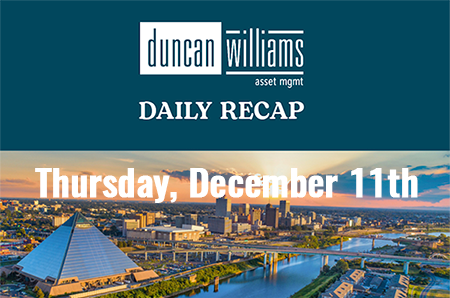
In 2025, the interconnectedness of global markets is more apparent than ever for American investors. This year’s turbulence—driven by shifting trade policies, currency volatility, and divergent regional growth—has underscored both the opportunities and risks that international dynamics bring to U.S. portfolios.
Tariffs, Trade, and Market Shocks
Major U.S. tariff announcements in April 2025 triggered sharp volatility across global capital markets as trading partners responded with retaliatory measures. These disruptions wiped trillions of dollars from equity markets in days and prompted a broad reevaluation of diversification, showing how sensitive domestic stocks are to global policy decisions.
Currency Fluctuations: The Dollar’s Drop
For much of the previous decade, a strong U.S. dollar boosted American investor returns on international holdings. That trend reversed sharply this year: the dollar tumbled 10% against major currencies in the first six months, driven by concerns about U.S. fiscal stability and the unpredictability of trade policy. For those with significant overseas exposure, currency losses in the dollar translated into gains when consolidating foreign profits back into U.S. accounts. However, the flip side is that American consumers and businesses faced higher costs for imported goods and travel, while the traditional “safe haven” status of the dollar was called into question on the world stage.
Sector Winners and Global Diversification
The global landscape of winners and losers shifted as well. Technology and consumer sectors—long market leaders—underperformed due to new supply chain obstacles and hostile trade conditions. Meanwhile, value sectors such as energy, materials, and select emerging market equities found resilience or even robust growth thanks to more favorable local policies or demographic trends. Notably, Indian and Latin American markets stood out as strong performers, illustrating the value of international diversification.
Portfolio Implications: The Case for Diversification
The lesson of 2025 is clear: broad diversification, by sector and geography, remains essential. Investors with global exposure, inflation-protected assets, alternatives, and hedged currency positions weathered volatility more effectively. Strategists emphasized “quality” holdings and defensive strategies, striking a balance between growth and value. At the same time, investments in real assets and infrastructure provided an extra layer of protection, helping portfolios weather the ongoing pressures of inflation and a weaker dollar.
Looking Ahead: Risks and Opportunities
Going forward, investors face continued unpredictability. Policy and geopolitical risks remain high, and the dollar’s future direction is uncertain. Value sectors and international equities may exhibit relative strength as market leadership broadens, but asset allocation decisions must also consider the risk of further shocks to trade, central bank policy, or commodity supply lines. For those seeking resilience, keeping a long-term horizon and reinvesting through volatility—rather than making abrupt changes—appears prudent.
Disclaimer:
This article is for informational purposes only and does not constitute investment advice, recommendations, or an offer to buy or sell any securities. Market conditions and projections described herein are subject to change and may not predict future performance. Investors should consult a registered advisor before making financial decisions.
Sources
- https://en.wikipedia.org/wiki/2025_stock_market_crash
- https://www.mckinsey.com/capabilities/geopolitics/our-insights/tariffs-and-global-trade-the-economic-impact-on-business
- https://www.reuters.com/business/imf-nudges-up-2025-growth-forecast-says-tariff-risks-still-dog-outlook-2025-07-29/
- https://www.aljazeera.com/economy/2025/7/1/why-is-the-us-dollar-falling-by-record-levels-in-2025
- https://www.morningstar.com/portfolios/why-holding-assets-outside-us-dollar-has-paid-off-2025
- https://www.rbcgam.com/documents/en/articles/global-currency-outlook-summer-2025.pdf
- https://www.troweprice.com/financial-intermediary/uk/en/lp/global-market-outlook.html
- https://www.schwab.com/learn/story/international-stock-market-outlook
- https://www.chase.com/personal/investments/learning-and-insights/article/sectors-to-watch-opportunities-and-risks-for-long-term-investors
- https://www.blackrock.com/us/financial-professionals/insights/tariffs-and-investment-portfolios
- https://www.schwab.com/learn/story/stock-sector-outlook
- https://www.edwardjones.com/us-en/market-news-insights/stock-market-news/market-pulse/unpacking-potential-impact-tariffs












